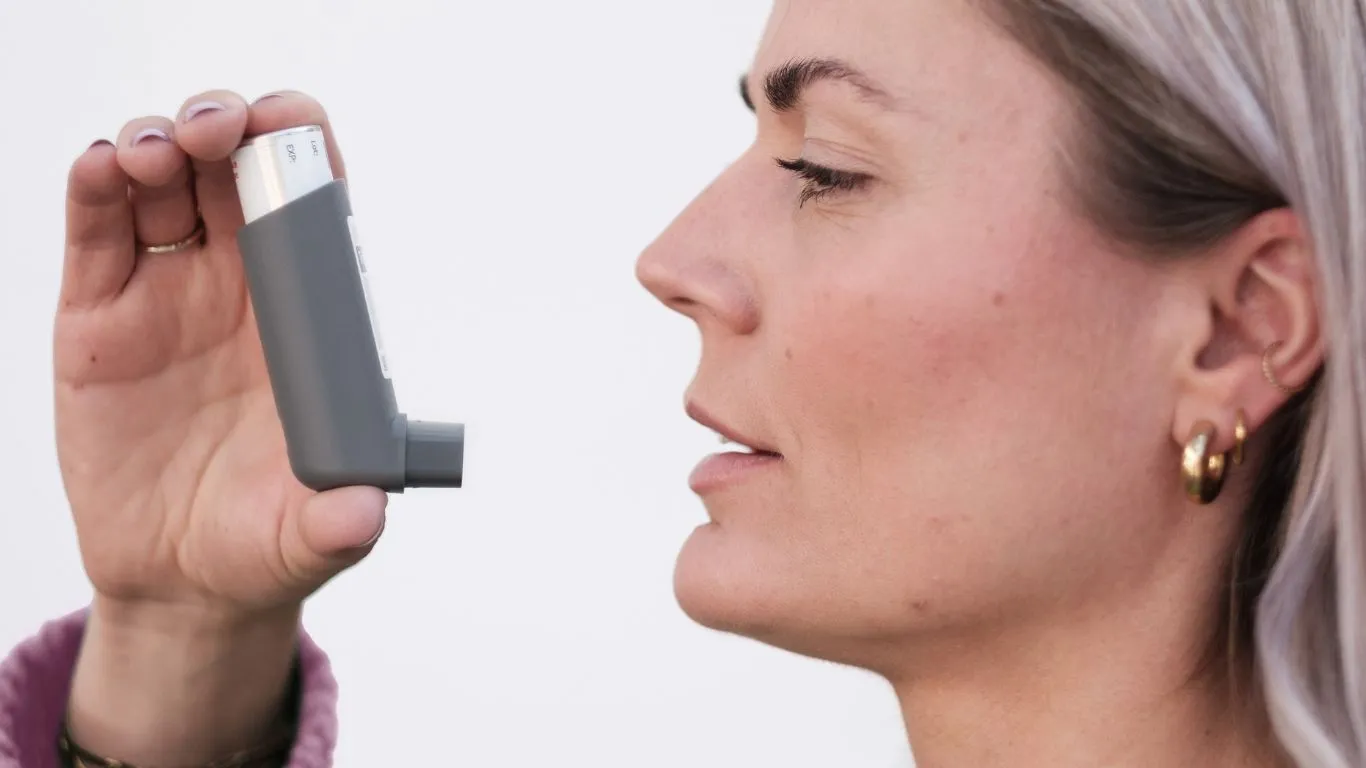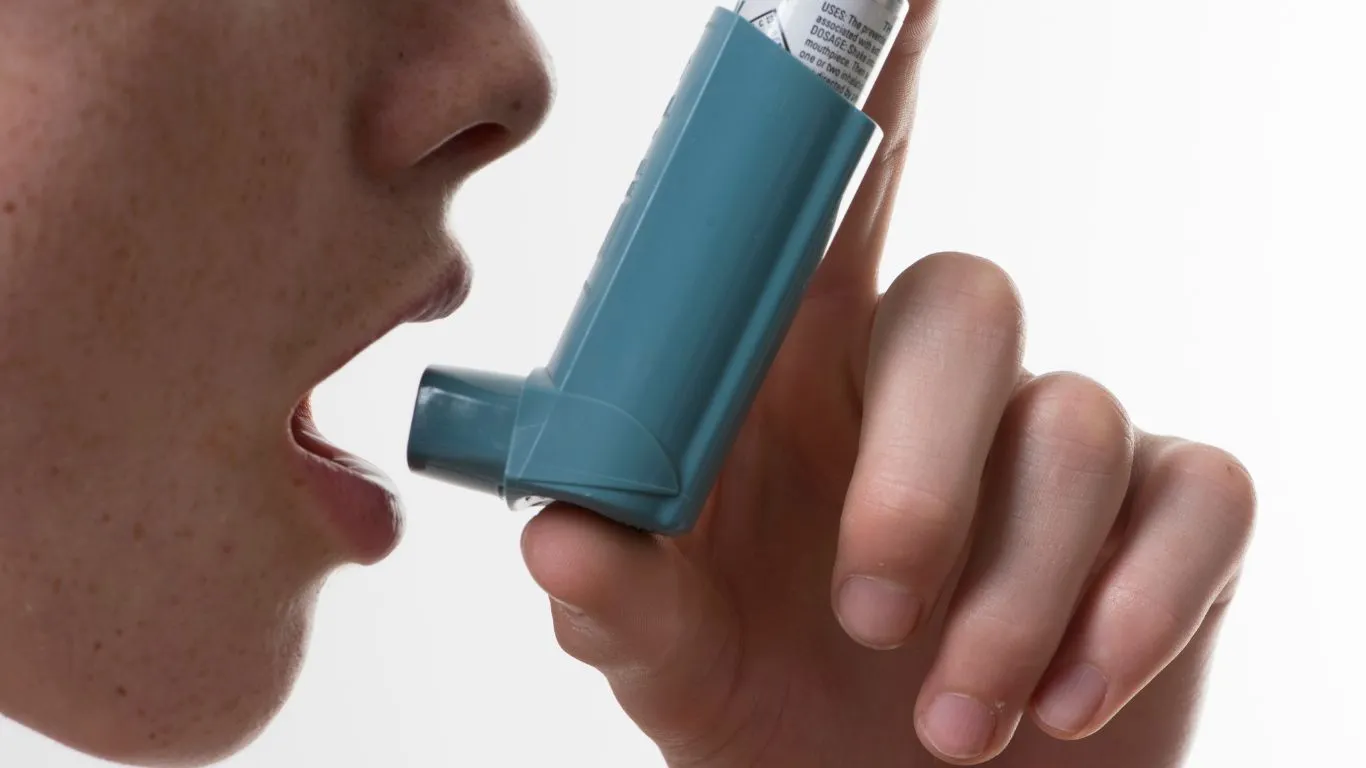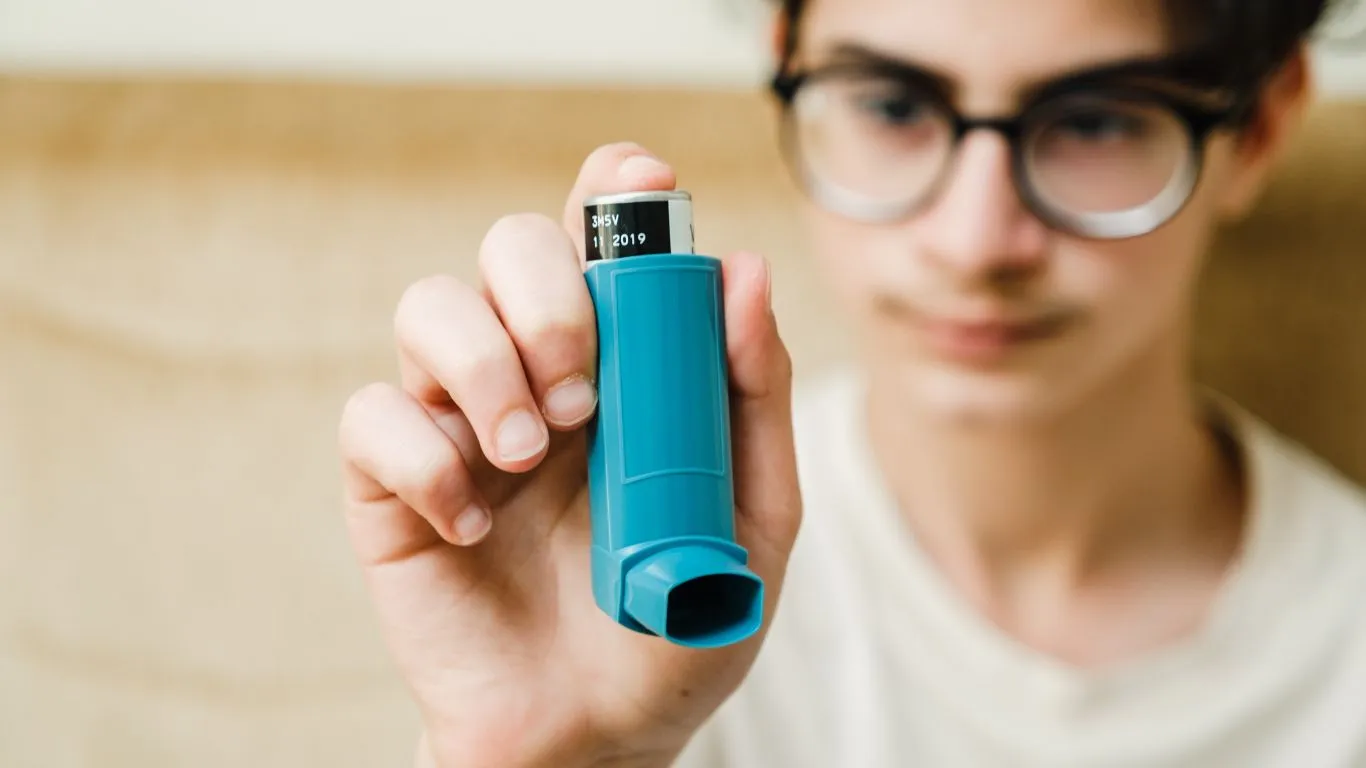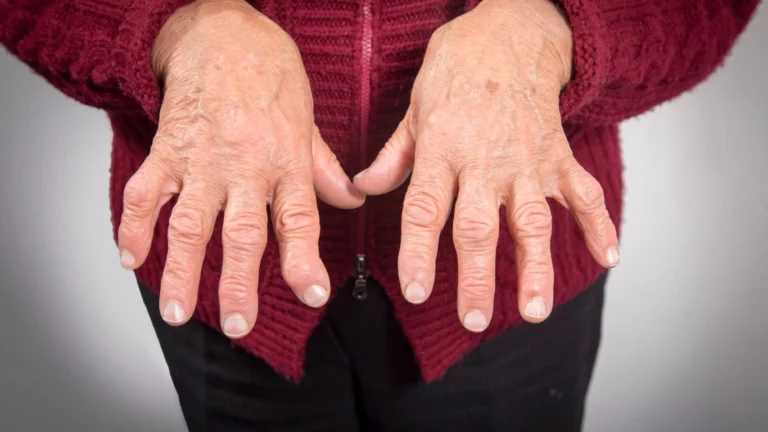Powerful Breathing Exercises for Asthma and Anxiety Relief
Breathing exercises for asthma and anxiety are often overlooked but incredibly powerful tools that can make a real difference in daily life. As a pulmonary nurse practitioner, I’ve seen firsthand how mastering these simple techniques not only helps manage asthma symptoms but also calms the racing mind when anxiety kicks in. It’s fascinating how something as natural as breathing, when done right, can act as a bridge between physical and mental wellness.
Why Breathing Matters in Asthma and Anxiety

We tend to take breathing for granted, but when asthma or anxiety strike, every breath can feel like a struggle. Asthma causes your airways to tighten, making it harder to breathe, while anxiety often triggers rapid, shallow breathing that feeds the cycle of panic. Both conditions share a common ground: disrupted breathing patterns. That’s where focused breathing exercises come in—they help reset your body’s rhythm and regain control.
In my years of practice, I’ve noticed that patients who learn to tune into their breath tend to feel more empowered. It’s not just about catching your breath; it’s about connecting with your body and calming the nervous system. This connection is something I encourage everyone to cultivate, whether you’re managing asthma, anxiety, or both.
How Breathing Exercises Help
Breathing exercises for asthma and anxiety work by engaging the parasympathetic nervous system—the part responsible for rest and relaxation. By slowing down the breath, these techniques reduce inflammation in the airways and ease tension in the muscles. Plus, they lower heart rate and blood pressure, which can quickly soothe anxiety symptoms.
- Improved Lung Function: Deep, controlled breathing helps expand the lungs fully, improving oxygen exchange and reducing wheezing.
- Reduced Stress Hormones: Calm breathing lowers cortisol, the stress hormone, helping break the cycle of anxiety and asthma flare-ups.
- Enhanced Mindfulness: Focusing on breath brings awareness to the present moment, distracting from anxious thoughts and panic triggers.
One of my patients, a young woman with both asthma and panic attacks, shared how learning breathing exercises helped her “take the reins” instead of feeling like her body was controlling her. Stories like hers remind me how these tools are often lifesavers, not just quick fixes.
Common Breathing Techniques to Try

There’s no one-size-fits-all approach here, but some techniques consistently stand out for their simplicity and effectiveness. I always recommend starting slow and finding what feels natural to you.
Diaphragmatic Breathing
This technique encourages breathing deeply into the belly rather than shallowly into the chest. It’s a cornerstone for calming both asthma and anxiety symptoms.
- Sit or lie down comfortably.
- Place one hand on your chest and the other on your belly.
- Inhale slowly through your nose, feeling your belly rise more than your chest.
- Exhale gently through pursed lips, allowing your belly to fall.
- Repeat for 5-10 minutes, focusing on steady, relaxed breaths.
This method encourages full lung expansion and reduces the tendency to hyperventilate, which is common in panic attacks and asthma exacerbations.
Box Breathing
Box breathing is a favorite of mine to share with patients who feel overwhelmed or caught in anxious spirals. It’s a simple pattern that brings rhythm and calmness.
- Inhale slowly for a count of 4.
- Hold your breath for a count of 4.
- Exhale gently for a count of 4.
- Pause and hold for another count of 4 before repeating.
Even just a few cycles can bring noticeable relief by stabilizing breathing patterns and promoting mental clarity.
Incorporating Breathing Exercises Into Daily Life

One of the biggest challenges I’ve seen with breathing exercises for asthma and anxiety is consistency. It’s easy to get excited at first but then forget to practice regularly. From my experience working closely with patients, the key is making these exercises part of your daily routine — not just a tool you pull out during an attack or anxious moment.
Here’s a little secret I share with everyone: treat your breathing practice like brushing your teeth or having your morning coffee. Even just 5 minutes in the morning or before bed can build a habit that sticks. When your breath becomes a familiar anchor, it’s easier to rely on it when things get tough.
Simple Ways to Build Your Breathing Habit
- Set a Reminder: Use your phone or a sticky note to remind you to practice breathing exercises twice a day.
- Create a Comfortable Space: Find a quiet corner or cozy spot where you can sit or lie down without distractions.
- Pair with Another Habit: Link your breathing routine to an existing habit, like after brushing your teeth or before your morning walk.
- Track Your Progress: Keep a journal or app log to note how you feel before and after your sessions. It’s motivating to see improvements over time.
From my personal observations, even patients dealing with severe asthma have reported feeling more in control just by integrating these simple practices regularly. It’s amazing how small changes can build resilience both physically and mentally.
Common Misconceptions About Breathing Exercises

Since breathing is something we do automatically, it’s easy to misunderstand what “correct” breathing looks like or how it can help. Let me clear up a few myths I often encounter in my practice:
Myth 1: Breathing Exercises Are Only for Relaxation
While they absolutely help with relaxation, breathing exercises for asthma and anxiety do much more. They can improve lung function, reduce inflammation, and actually help prevent asthma flare-ups. Plus, they’re a proactive way to manage anxiety before it escalates.
Myth 2: You Have to Breathe Slowly All the Time
Slower breathing is generally calming, but there are times when adjusting your breathing speed and pattern can be beneficial. For example, some exercises focus on strengthening your breath or improving airflow, which may involve different rhythms. It’s about tuning into your body’s needs, not forcing a single style.
Myth 3: Breathing Exercises Are Complicated
One of the best things about these techniques is how straightforward they are. You don’t need fancy equipment or hours of practice. Just a few minutes, a quiet space, and a little patience go a long way. In fact, many of my patients say they were surprised by how simple and effective the exercises were.
When to Use Breathing Exercises for Asthma and Anxiety
Knowing when to practice breathing exercises can make a big difference in how well they work. I often advise patients to use these techniques both as a preventive measure and as an immediate relief tool.
Before Exposure to Triggers
If you know you’ll be facing asthma triggers—like cold air, allergens, or exercise—doing a quick breathing session beforehand can help prepare your lungs and calm your nervous system. Similarly, if you’re about to enter a stressful situation that usually sparks anxiety, a brief breathing exercise can set a calmer tone.
During an Asthma Flare-Up or Panic Attack
Breathing exercises aren’t a replacement for your asthma inhaler or medical treatment, but they can complement those by reducing the severity of symptoms. When you start feeling tightness in your chest or the first signs of a panic attack, slowing your breath and focusing on controlled breathing can help break the cycle before it worsens.
Regular Practice for Long-Term Benefits
Beyond emergencies, regular breathing practice improves lung capacity, reduces baseline anxiety levels, and enhances overall well-being. Patients who make this a daily habit often report better sleep, fewer asthma symptoms, and a greater sense of calm throughout their day.
Expert Tips from a Pulmonary Nurse Practitioner
In my clinical experience, a few practical tips can boost your success with breathing exercises for asthma and anxiety:
- Be Patient: Results might not come overnight, but persistence pays off.
- Stay Hydrated: Keeping your airways moist supports easier breathing.
- Combine with Other Therapies: Breathing exercises work best alongside your prescribed asthma medications and, if needed, counseling or anxiety management strategies.
- Listen to Your Body: If any technique feels uncomfortable or worsens symptoms, stop and consult your healthcare provider.
Remember, breathing is your body’s natural tool—learning to use it intentionally can transform how you experience asthma and anxiety. I’ve witnessed countless patients gain confidence and freedom simply by reclaiming their breath, and I’m confident you can too.
Advanced Breathing Techniques and Tips for Lasting Results

By now, you’ve got a solid foundation of breathing exercises for asthma and anxiety. But if you’re like many of the patients I’ve worked with, once you get comfortable with the basics, you might want to explore some advanced techniques that can deepen the benefits and keep things interesting.
One of the most important things I emphasize is to never rush. Your breath is not a race, and these techniques work best when you’re calm and intentional. Here are a few methods I often recommend after patients master diaphragmatic and box breathing:
Pursed-Lip Breathing
This one is a classic in pulmonary care and incredibly effective for asthma management. It helps keep your airways open longer during exhalation, improving airflow and reducing breathlessness.
- Inhale slowly through your nose for about two counts.
- Pucker your lips as if you’re going to whistle.
- Exhale gently and slowly through your pursed lips for four counts.
Many patients tell me this technique gives them an immediate sense of relief when their chest feels tight. It’s simple, portable, and easy to use anywhere.
Alternate Nostril Breathing (Nadi Shodhana)
This technique comes from yogic traditions and is excellent for balancing your nervous system, reducing anxiety, and improving lung function. It might feel a little unusual at first, but with practice, it becomes a calming ritual.
- Use your right thumb to gently close your right nostril.
- Inhale deeply through the left nostril.
- Close the left nostril with your ring finger, release your thumb from the right nostril, and exhale slowly through the right nostril.
- Inhale through the right nostril, then close it with your thumb and exhale through the left nostril.
- Repeat this cycle for 5-10 rounds.
This pattern encourages a smooth, even breath and helps calm the mind—something I’ve personally found helpful during my own stressful days.
Integrating Mind-Body Practices to Support Your Breathing

Breathing doesn’t exist in a vacuum. The best results come when you combine breathing exercises with overall lifestyle practices that nurture your body and mind. Here are some simple strategies that I often suggest alongside breathing work:
- Gentle Movement: Activities like yoga, tai chi, or even walking help maintain lung health and reduce anxiety. Movement encourages deeper, more mindful breathing naturally.
- Mindfulness and Meditation: Pairing breathing exercises with mindfulness techniques can deepen relaxation and reduce stress. Even a few minutes a day of mindful awareness can make a difference.
- Avoiding Triggers: Managing your environment—like reducing exposure to allergens, smoke, and strong scents—supports easier breathing and fewer asthma flare-ups.
- Healthy Sleep Habits: Good sleep is essential for respiratory health and emotional balance. Practicing breathing exercises before bedtime can help you unwind and improve sleep quality.
Throughout my years as a pulmonary nurse practitioner, I’ve seen that patients who adopt a holistic approach to their health—combining breathing, movement, and mindfulness—often report the most profound improvements.
When to Seek Professional Help
While breathing exercises are a fantastic tool, they’re part of a bigger picture. If you ever feel like your asthma or anxiety symptoms are worsening or not improving with your current routine, it’s crucial to reach out for professional support. This might mean consulting your pulmonologist, mental health professional, or even a specialized respiratory therapist.
In my practice, I always encourage open communication and tailored care. Sometimes, adding medication adjustments, counseling, or even pulmonary rehab can provide that extra support needed to manage symptoms effectively.
And remember: never replace your prescribed asthma medications with breathing exercises alone. Think of these techniques as complementary tools to enhance your overall treatment plan.
References and Further Reading
- American Gastroenterological Association
- American Lung Association
- Anxiety and Depression Association of America
- National Heart, Lung, and Blood Institute
Disclaimer
This article is intended for informational purposes only and does not replace professional medical advice, diagnosis, or treatment. Always consult your healthcare provider before starting any new breathing exercises or modifying your asthma or anxiety management plan. If you experience severe symptoms or an asthma attack, seek emergency medical help immediately.

Bianca Nala is a compassionate Nurse Practitioner with a strong background in primary and respiratory care. As a health writer for Healthusias.com, she combines her clinical expertise with a talent for clear, relatable storytelling to help readers better understand their health. Bianca focuses on topics like asthma, COPD, chronic cough, and overall lung health, aiming to simplify complex medical topics without losing accuracy. Whether she’s treating patients or writing articles, Bianca is driven by a single goal: making quality healthcare knowledge accessible to everyone.






